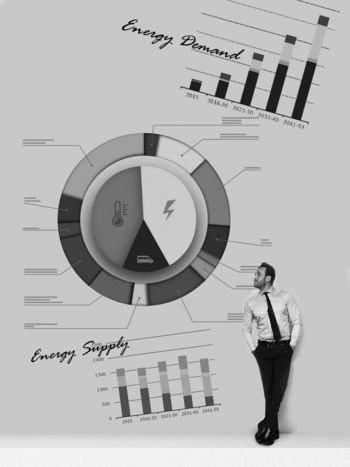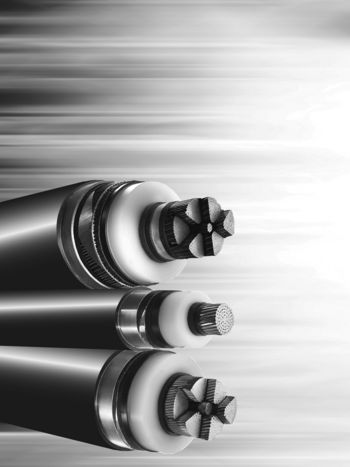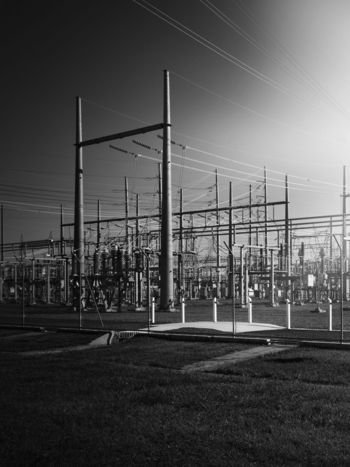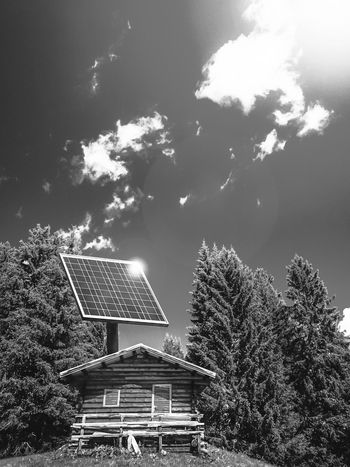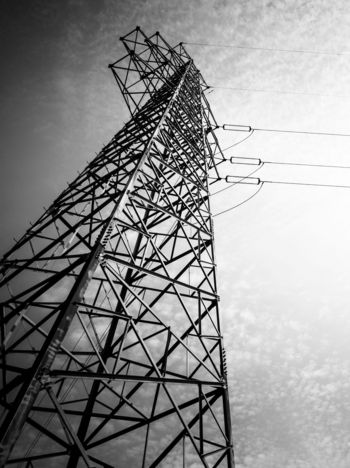Guidelines for Subsynchronous Oscillation Studies in Power Electronics Dominated Power Systems
Subsynchronous oscillations (SSO) have been identified as a major concern in modern power systems. Especially, the introduction of power electronic devices such as HVDC, FACTs and renewable generation has escalated SSO related issues. Considering the need of the industry, this technical brochure has been developed to provide a general guideline for understanding the relevant SSO phenomenon, study methodology, mitigation/prevention techniques and protection mechanisms.
Members
Convenor (CA)
C. KARAWITA
Secretary (CA)
U.D. ANNAKKAGE
D. NESTEROV (BE), F. PETIT (BE), T. DOBBIN (BR), J. ZHOU (CA), A. DISSANAYAKA (CA), D. WEERAKOON (CA), X. XIE (CN), T. RAUHALA (FI), O. JANHUNEN (FI), V. COSTAN (FR), A. ATALLAH (DE), D. VIERHEILIG (DE), A.S. TREVISAN (DE), R. DIMITROVSKI (DE), M. HUMER (DE), T. GERAERDS (NL), V. SEWDIEN (NL), M. CHEAH (ES), J. RENEDO (ES), E. LAVOPA (GB), A. PASHAEI (GB), O. AGAMALOV (UA), E. PRATICO (US), D. HOWARD (US), Y. CHENG (US)
Corresponding Members
B. BADRZADEH (AU), W. WINTER (DE), K. MA (CA), K. VENNEMANN (DE), S. MURRAY (IE), E. AHLUND (IE), J. JOO YONG (KR), D. RAMASUBRAMANIAN (US), H. CHOU (US), S. KYNEV (US)
Classification of SSO
First, a historical review of subsynchronous oscillation events is presented (Chapter 2). Methods of analysis and metrics that indicate the likelihood of an SSO event occurring have been developed in the past with the phenomena observed at that time. The subsynchronous oscillation landscape has significantly changed since then mainly due to the introduction of renewable generation and power electronic devices at grid level.
The presence of power electronic converters and their controllers has recently introduced subsynchronous oscillation issues to the grid. Recognizing this, IEEE proposed a revised classification of stability of power systems where two new categories related to these developments were proposed. Having reviewed the recent SSO events and keeping in line with the new classification proposed by IEEE, a detailed classification of subsynchronous oscillations is proposed in the technical brochure (Chapter 2). The proposed classification is shown in Figure 1.
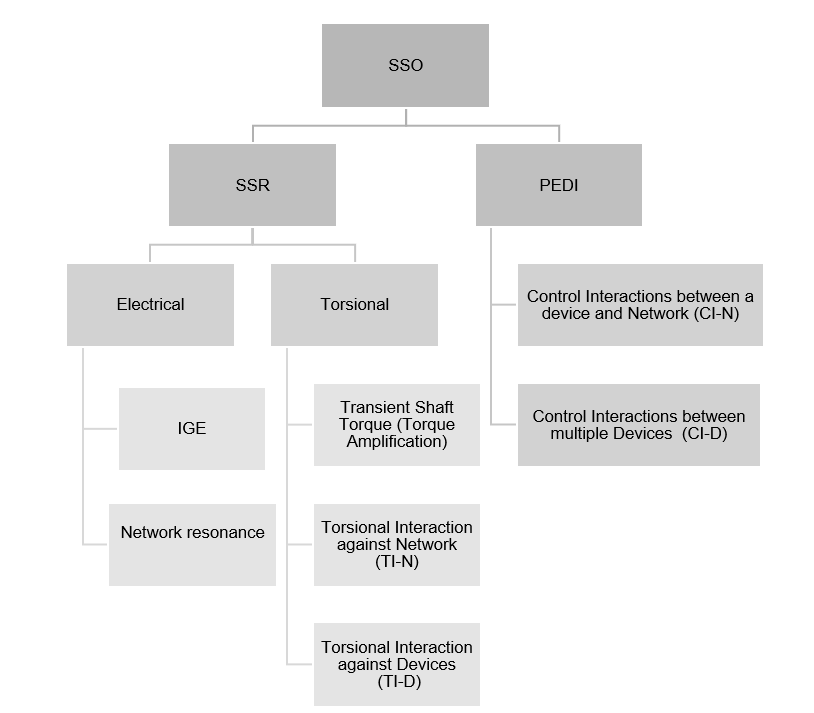
Figure 1 - Proposed classification of SSO
SSO is divided into two main categories: Subsynchronous Resonance (SSR) and Power Electronic Device Interactions (PEDI). The SSR is further divided into Electrical and Torsional. This is to differentiate between the SSR that is purely electrical, where the torsional systems are not involved and those where a torsional system is involved. The Electrical type SSR could be due to the resonance in the network when there are series compensation devices in the network, or it could be due to the negative resistance offered by a generator at a network resonance frequency. In both these cases shaft systems are not involved. The Torsional type SSR is divided into three types: Shaft Torque Amplification, Torsional Interactions with the Network (TI-N) and Torsional Interactions with another device (TI-D). The new category of SSO introduced in this chapter is the Power Electronic Device Interactions (PEDI). These are control interactions of two types: Control Interactions with the Network (CI-N) and Control Interactions with another Device (CI-D). All these types of SSO discussed in the chapter have been experienced by power utilities and are well documented.
Industry Practices, Challenges and Experiences Related to SSO Issues
The Technical Brochure also reviewed the industry practices for SSO evaluation and the reported SSO issues (Chapter 3). An SSO study process varies depending on the project's stage at which the study is performed. Also, due to the absence of a standard procedure, there are different industry practices. In this chapter these differences are discussed along with examples of many practices used in the industry. The SSO events reported from the industry and the mitigation measures applied are summarized in this chapter.
This Technical Brochure proposed a systematic approach to study and resolve the SSO issues in power systems. The proposed SSO study procedure has been divided into four sections: screening studies, detailed studies, mitigation measures, and monitoring and protective measures.
